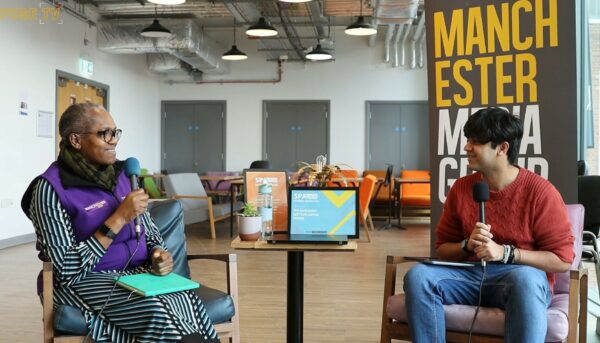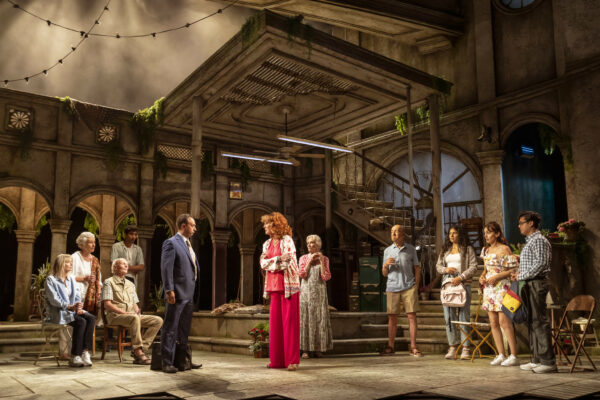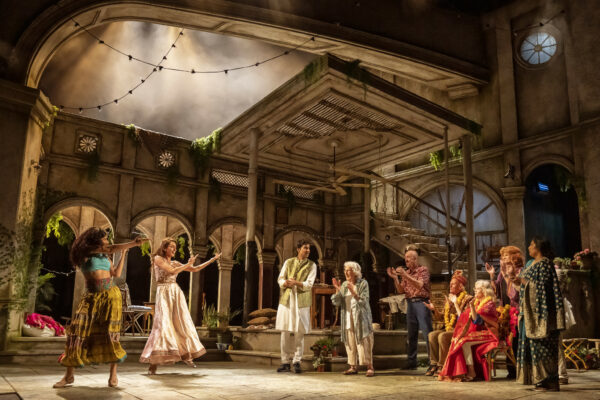Seven essentials for every student home
As a student, it can be hard to feel as though you have your life in order, as you set out into the adult world while navigating the challenges of shared living. We’re here to help, with a list of essentials for any student home, which will hopefully improve your day-to-day experience at university.
With Christmas fast approaching, you could even use this article as inspiration for your Christmas list – if you’re stuck for ideas, you might as well get something that you’ll definitely use!
A Dishmatic
A Dishmatic is a small thing, but a wonderful one. A plastic tube with a dish sponge attached, the dishmatic is made to be filled with washing-up liquid and is essential for any busy student who doesn’t have time to be doing the usual dish-washing routine.
The design makes washing-up on the go so easy, as you don’t need a full bowl of water – be careful though, as your housemates may soon start sneaking your dishmatic and making the sponge dirty. You can purchase a dishmatic here if you want to make washing-up a breeze!
If you would like to delve deeper into why cleaning is good for the soul, we’ve also written an article about why cleaning is cool.
Posters
Posters are essential for the decoration of student homes, and you can put them up using command strips to avoid stripping the paint from your walls. You can go in many decorative directions, from music and films, to artwork and nature, to downright silly posters that you’ve ordered as part of a house joke.
Students also seem to like to decorate their communal areas with street, traffic, and building work signs. However… we don’t condone stealing here at The Mancunion!
If you’re wanting nice posters and prints, these can often be expensive. There’s no need to give up on your interior design dreams, however, as heading to Pinterest for photos to print is a budget-friendly route towards the photo wall of dreams. Etsy is also a great place to find relatively cheap prints that will fill a little more wall space. Or, pick up a print issue of The Mancunion to grab a free poster at the back!
An academic planner
The present moment is as perfect a time as any to get your life in order, so take this article as a sign to go and order yourself an academic planner. The MancunionLifestyle editors’ favourites are The Procrastinator’s Planner and academic wall planners.
You can also get some excellent tabletop planners to fit onto your desk if you’re someone who likes to work in your room. These are perfect for jotting tasks down as they come into your mind, and the planner’s presence in your room will serve as a constant productivity reminder. You can browse some options here.
If you don’t have the budget to invest in a physical planner, definitely check out Notion. The online workspace can be downloaded as an app across devices and has customisable features including to-do lists, calendars and journals which are sure to sort your life out.
The fridge door
This may sound ridiculous, but bear with me. If you’re in shared accommodation with friends, the best way to customise your space is to make it personal, yet this can be difficult if you’re wanting your deposit back. A good solution is to get some magnets or Blu-tack and cover the outside of your fridge.
Ideas for this DIY include mementoes, house charts (think the classic first-year ‘chunder chart’), and photos of you and your housemates. For good deals on photos check out Photobox, which offers loads of discounts on bulk print orders.
If you have a pinboard this will also work: the aim is to make your home feel like yours, not just a rental.
Mood lighting
Mood lighting is an obvious choice for this list, but only because it is truly essential for any student home. Often, the walls in rentals are dirty, the lighting is harsh, and the space doesn’t feel cosy. You also don’t want to have to endure an awkward pre-drinking session under bright yellow lighting.
For first years, it’s a right of passage to stick up a stretch of LEDs in your flat kitchen, and Amazon certainly has you covered. For those wanting something different, we suggest salt lamps, fairy lights, and projectors – it all depends on the mood you’re wanting to create.
And remember, if you’re living in a student house with a basement, investing in some good lighting is the most important idea on this list to make full use of your whole house.
A clothes horse
Another more obvious suggestion, but a necessary one. During a cost of living crisis, the savings you’ll get from using a clothes horse are particularly relevant: you’ll save both money and energy by switching from using the tumble dryer to leaving your clothes out for a couple of days to air-dry.
If you’re feeling particularly fancy, why not check out a heated clothes airer (you can browse a few here)? These heated hangers are far more economical than using a dryer, with the added bonus of heating your room electronically rather than through your boiler. They are obviously more expensive than your regular clothes horse, however for some students, the investment in quick-drying clothes may be worth it.
Kitchen Appliances
Our final student home essential is dependent on where you’re living and just how generous your landlord is feeling. Getting your communal kitchen appliances is important – you don’t just need to be thinking about pots, pans, and cutlery.
One appliance which you’ll probably need is a toaster, as well as potentially a kettle. If you’re really unlucky, you’ll also need to invest in things like a bin, microwave, or more storage, so setting up a group budget for these purchases is a good idea.
Cheap places to get your home kitted out are Wilko and Ikea, and it shouldn’t break the bank if you split the costs. Make sure that you ensure your kitchen is fully functional, though, as trying to make a cup of tea on the stove is a painful experience.
Hopefully we’ve given you some inspiration for how to make the most of your space as a student. If you’d like some more advice, check out our article on designing your student bedroom – happy interior decorating!





































